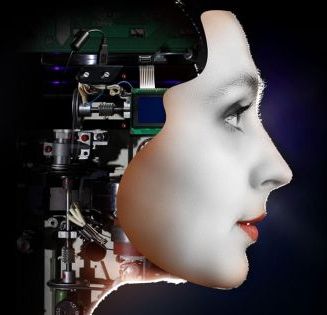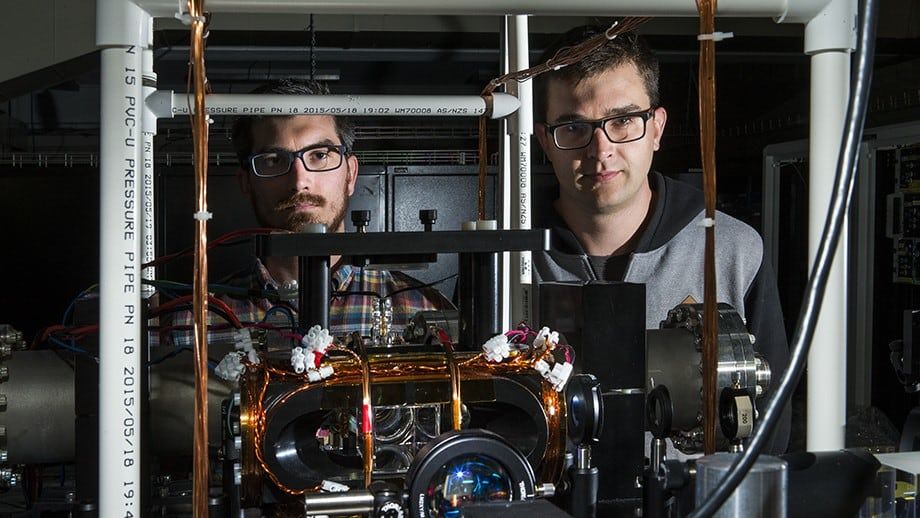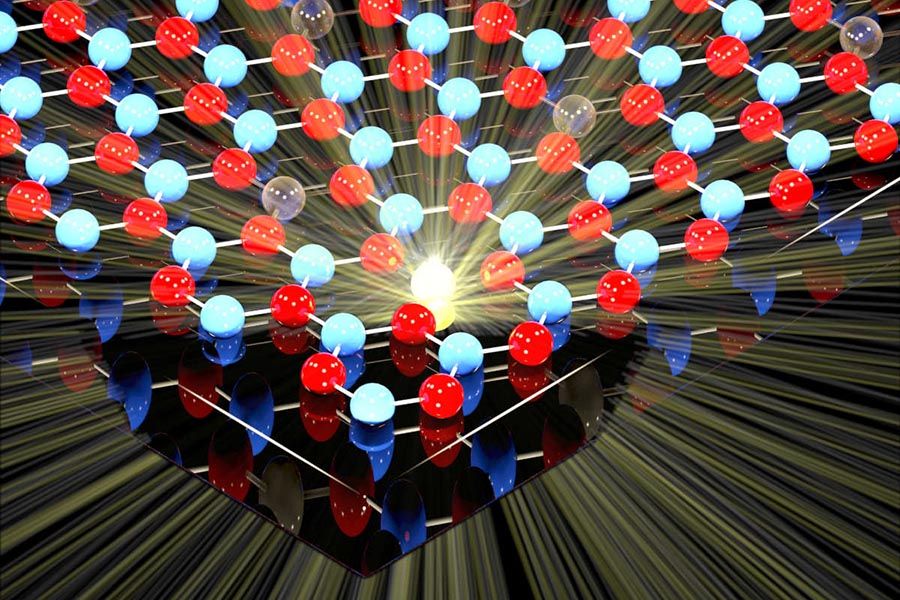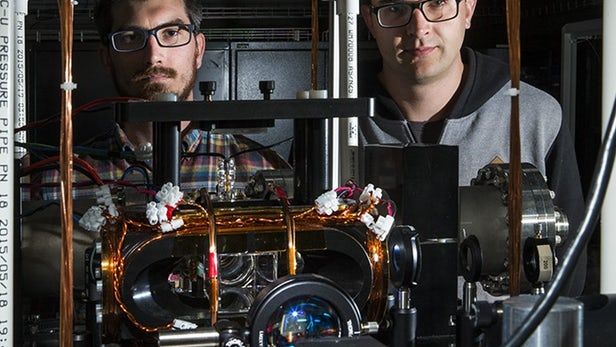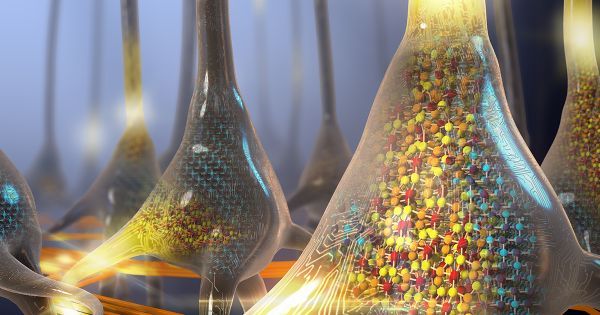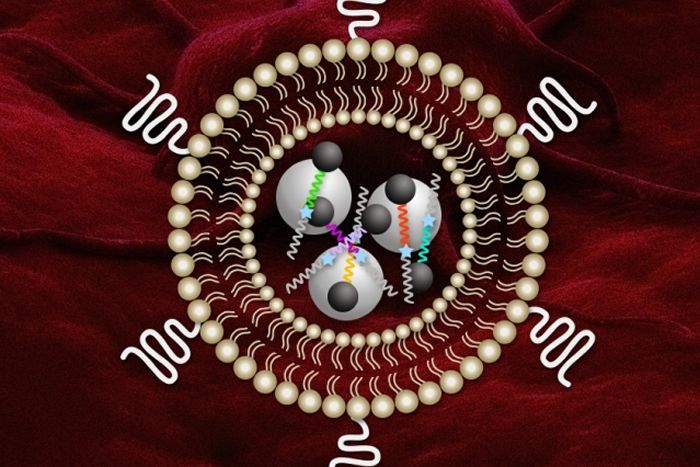Winfried Hensinger is the director of the Sussex Centre for Quantum Technologies in England, and he has spent a lifetime devoted to studying the ins and outs of quantum mechanics and just what it can do for us. When Hensinger first started in the field, quantum computing was still very much a theory, but now it is all around us, and various projects are within reach of creating a universal quantum computer. So, now that scientists are taking quantum computing more seriously it won’t be long before the field begins to explode and applications that we never even imagined possible will become available to use.


